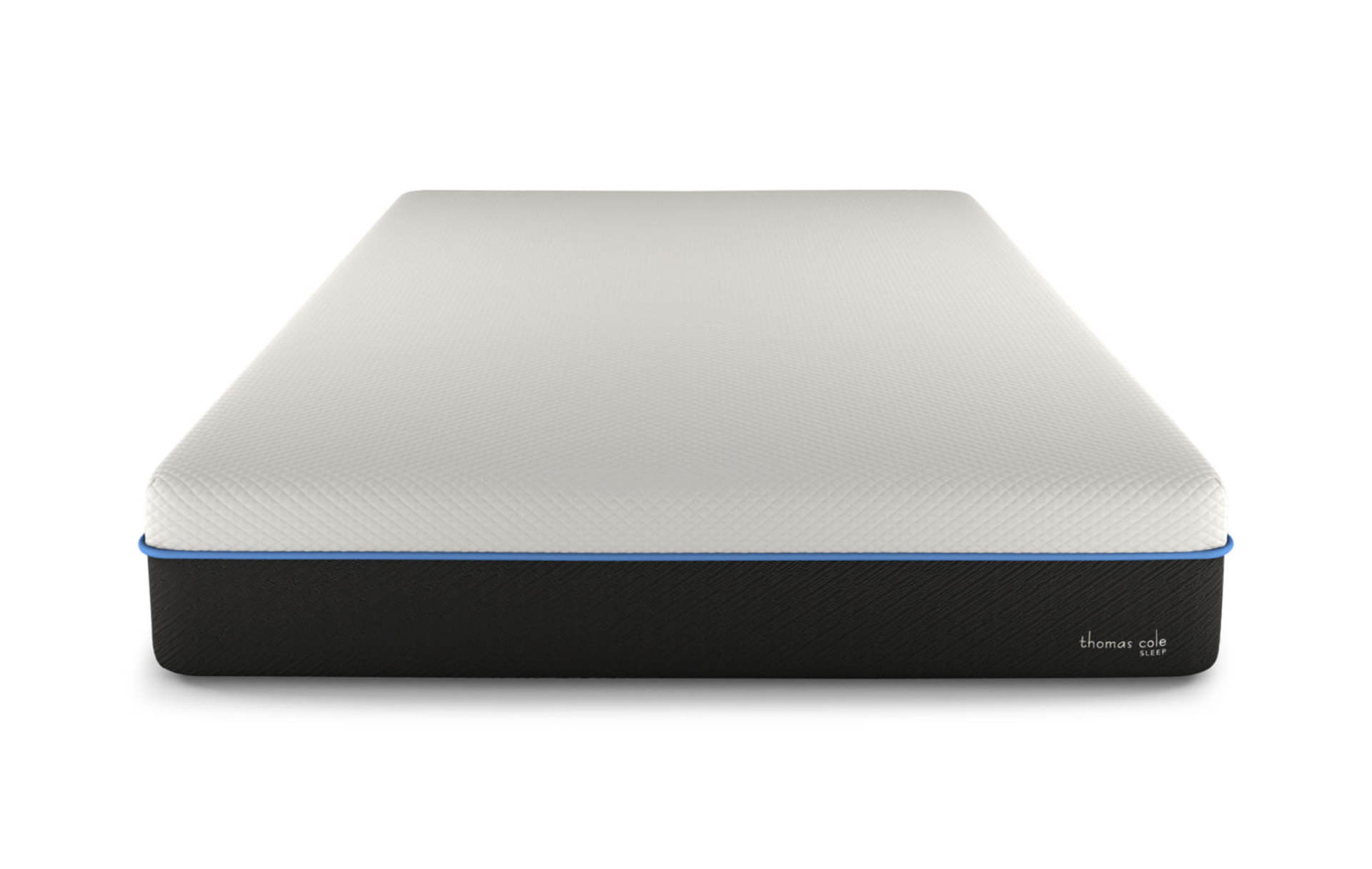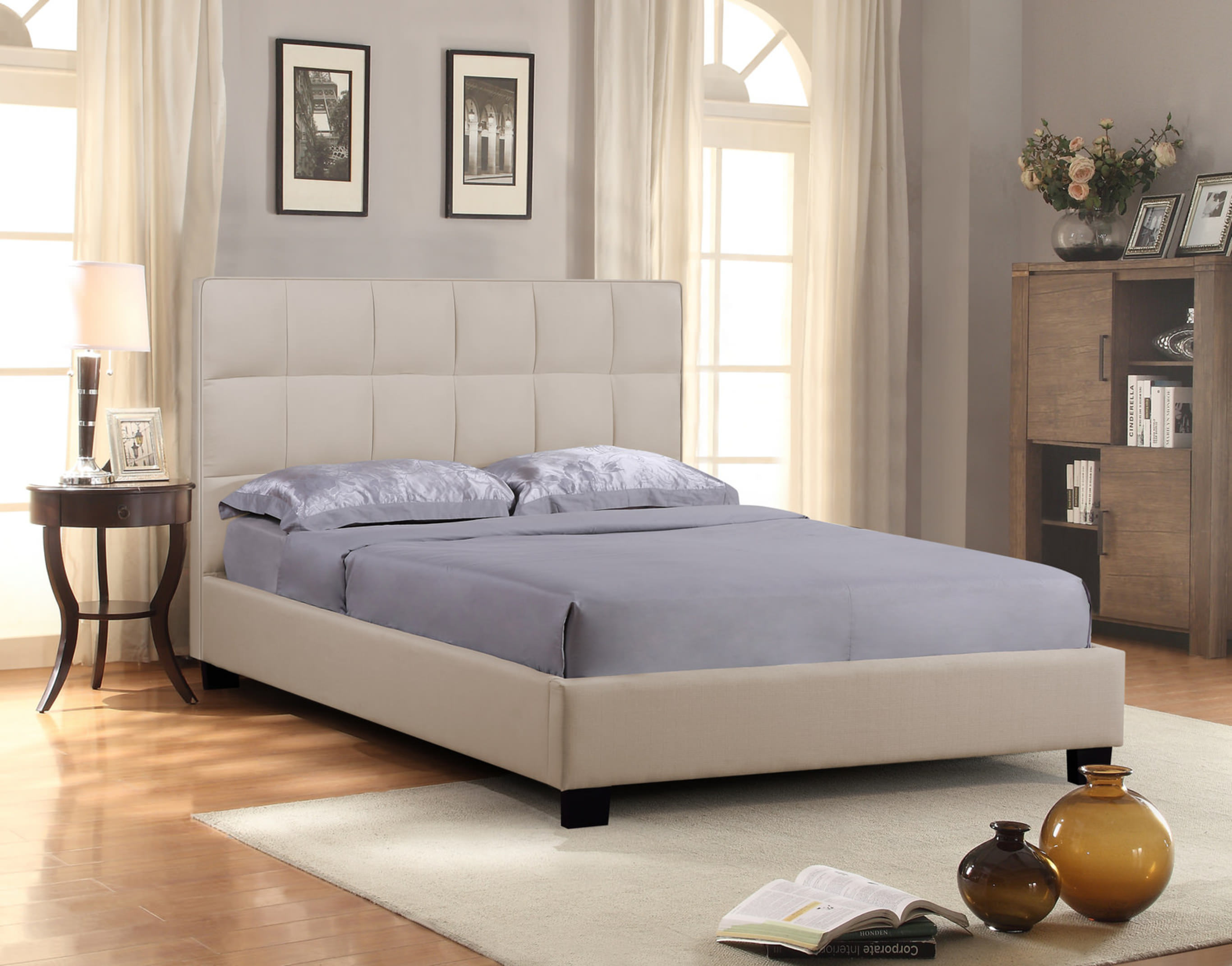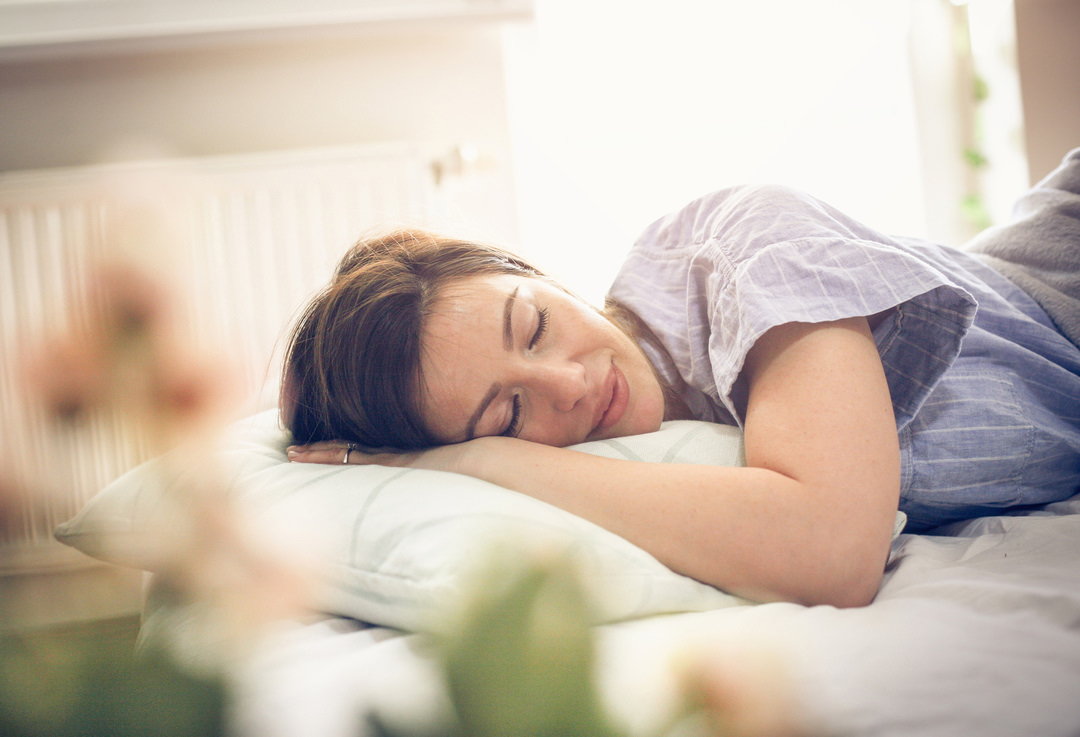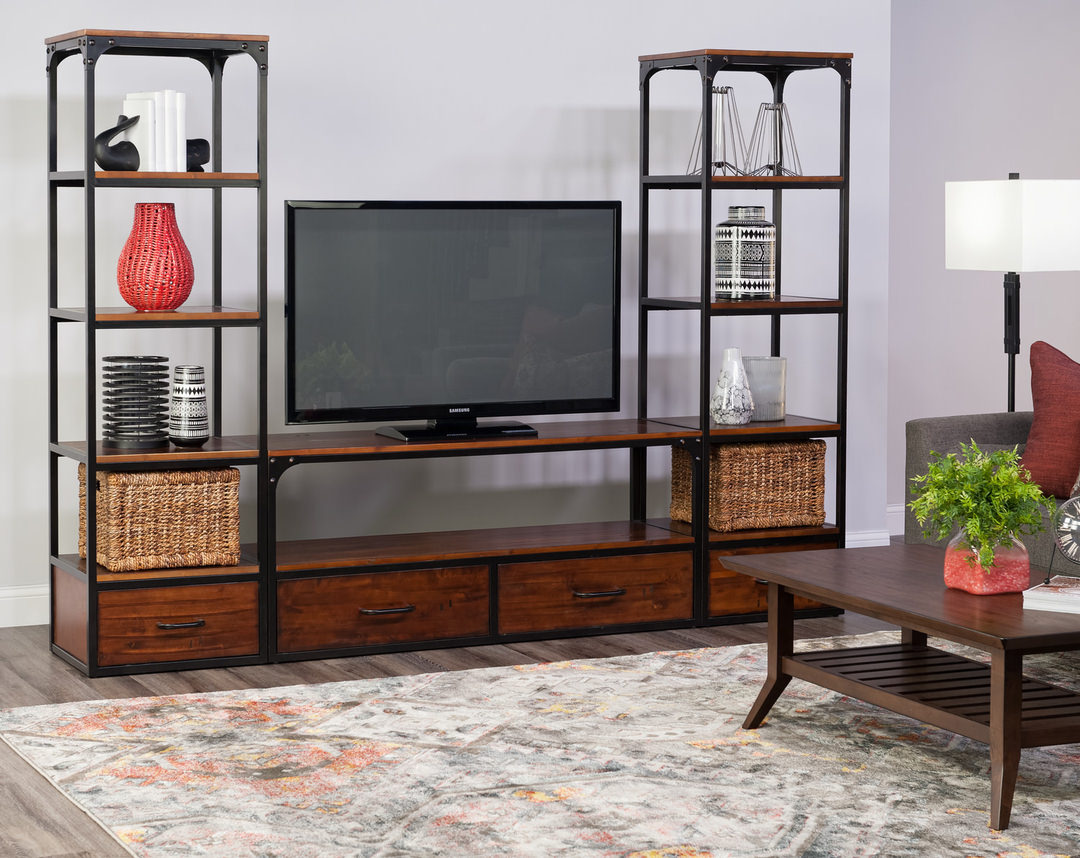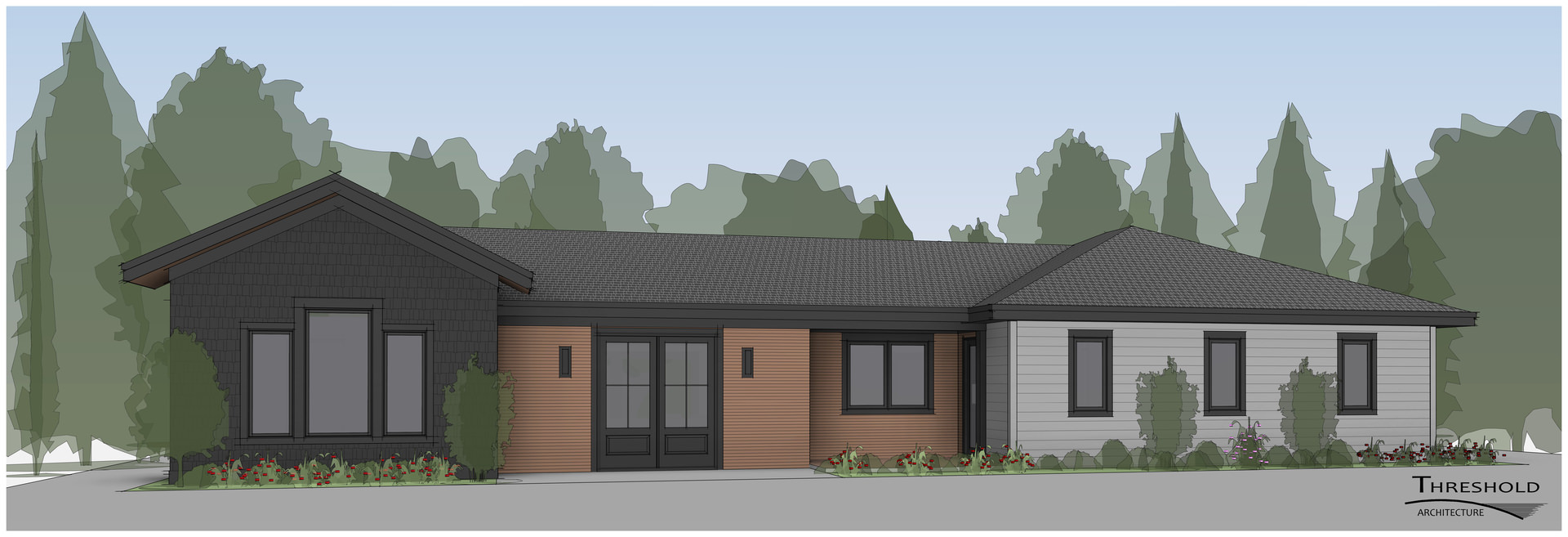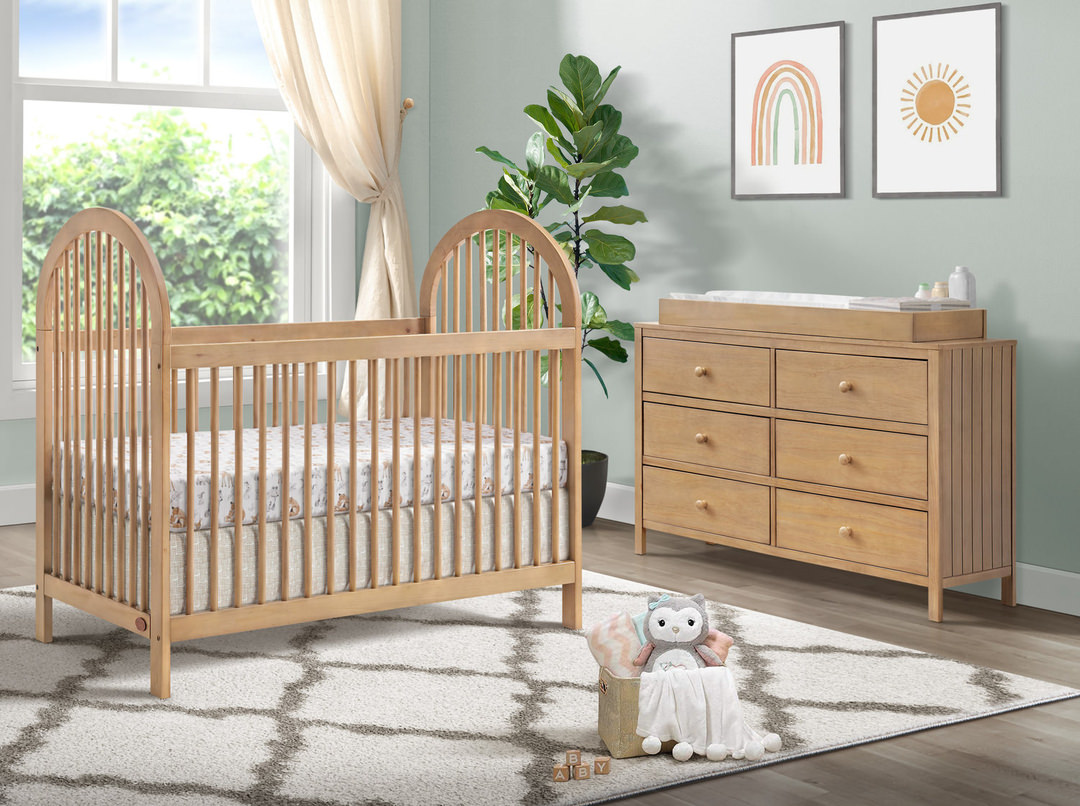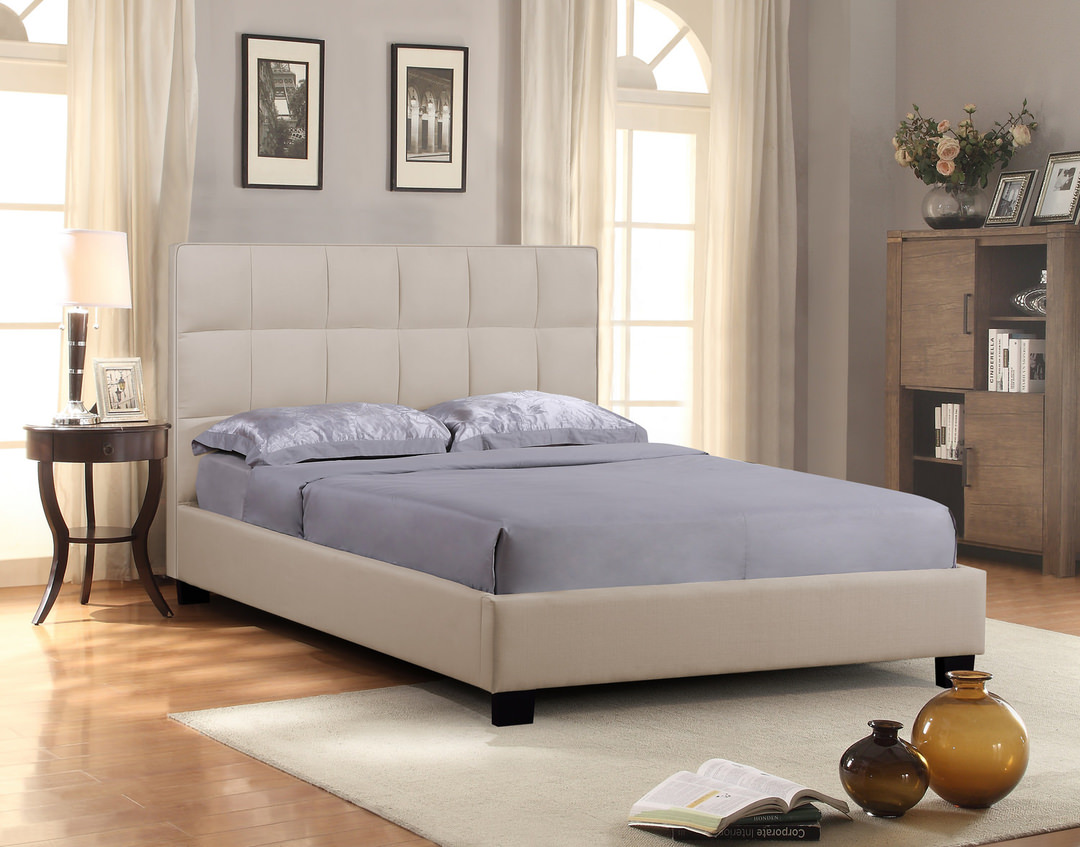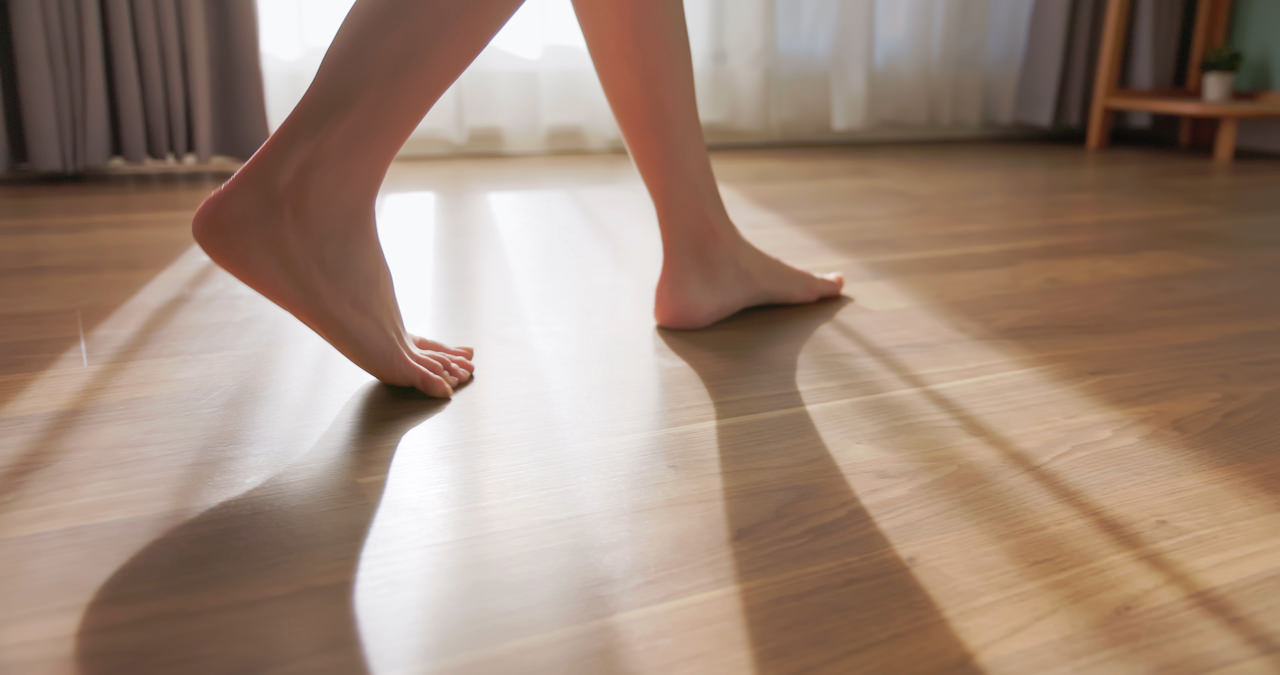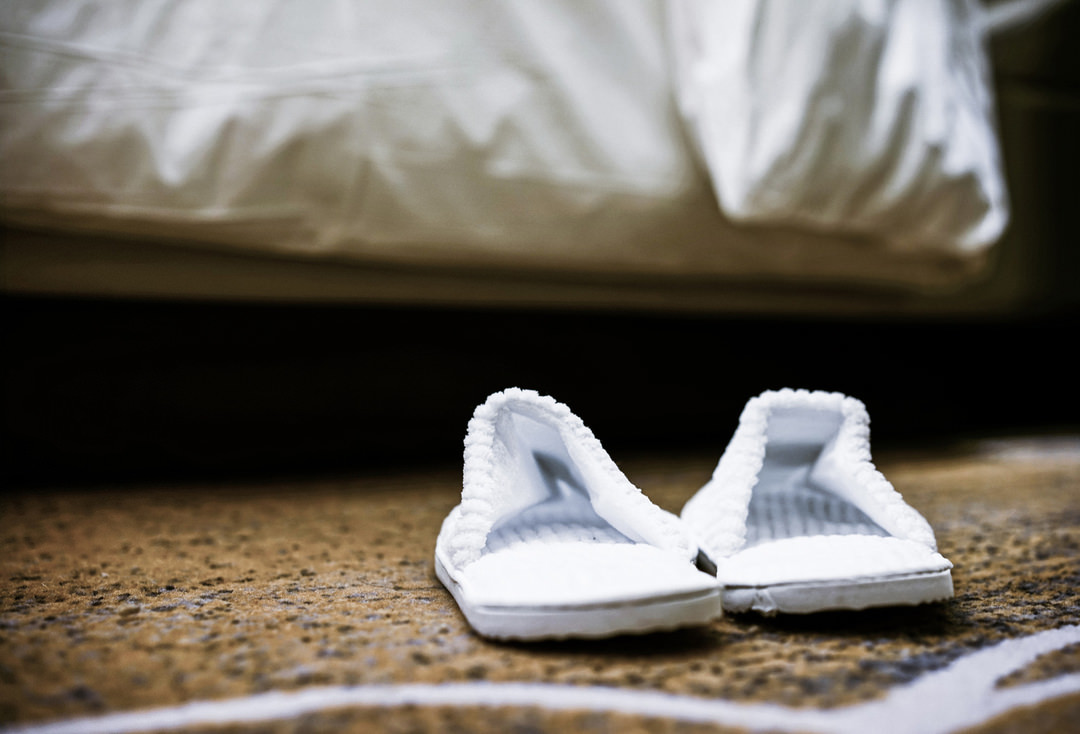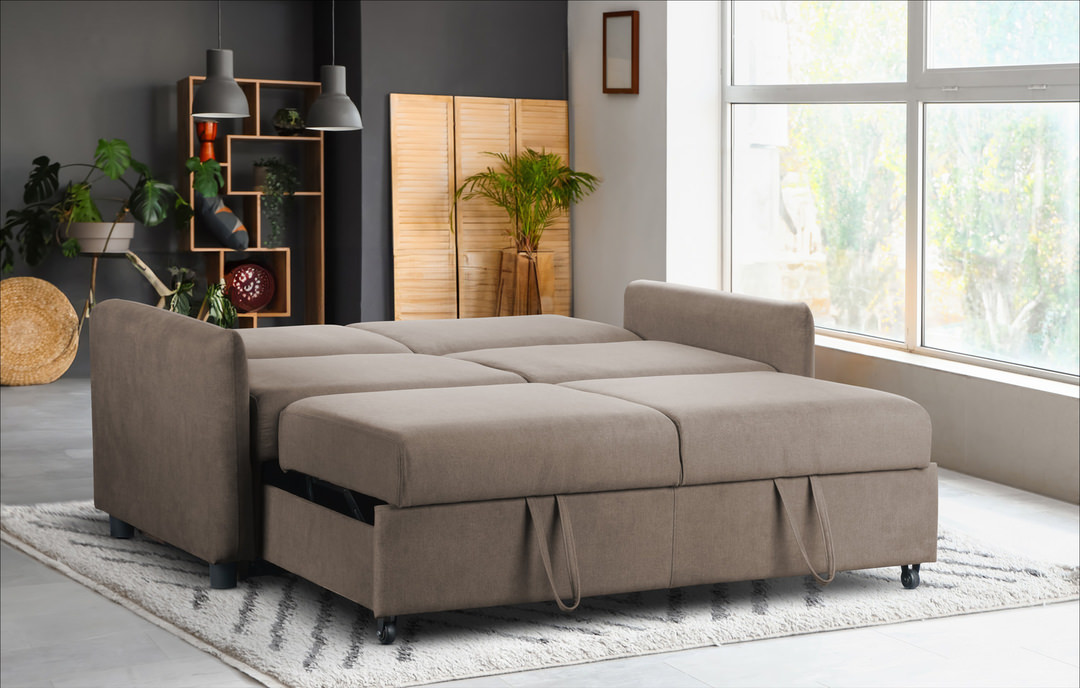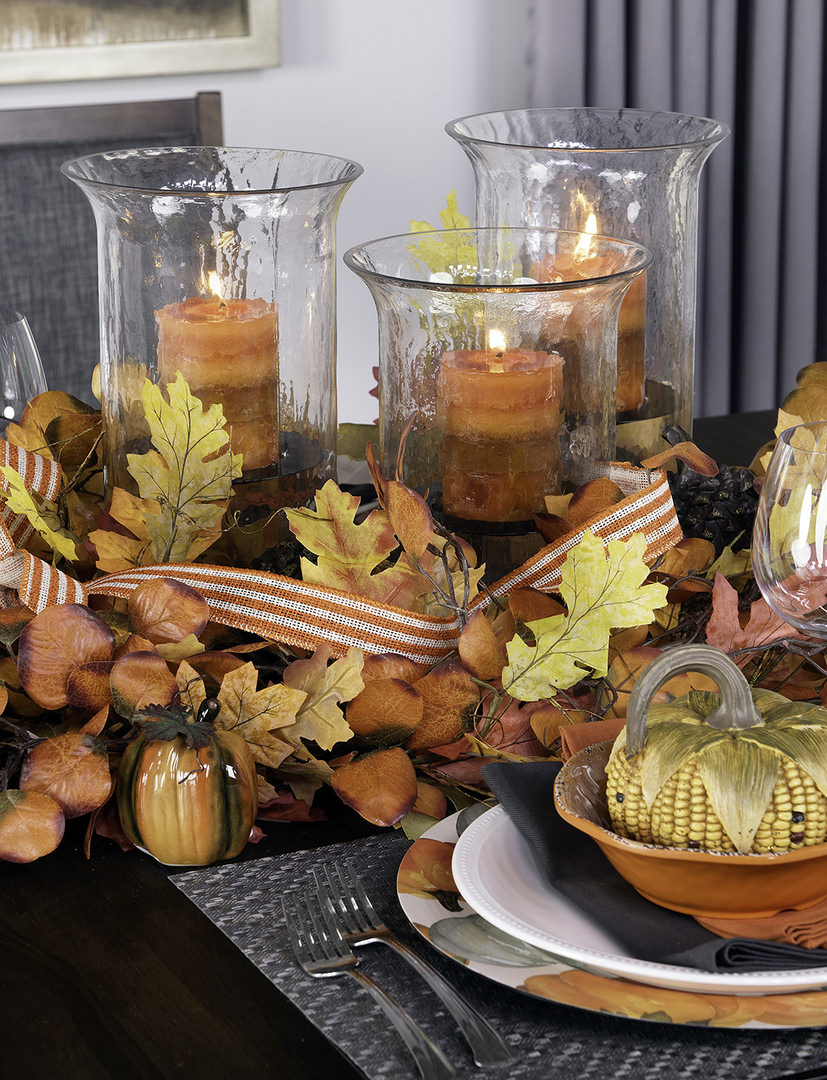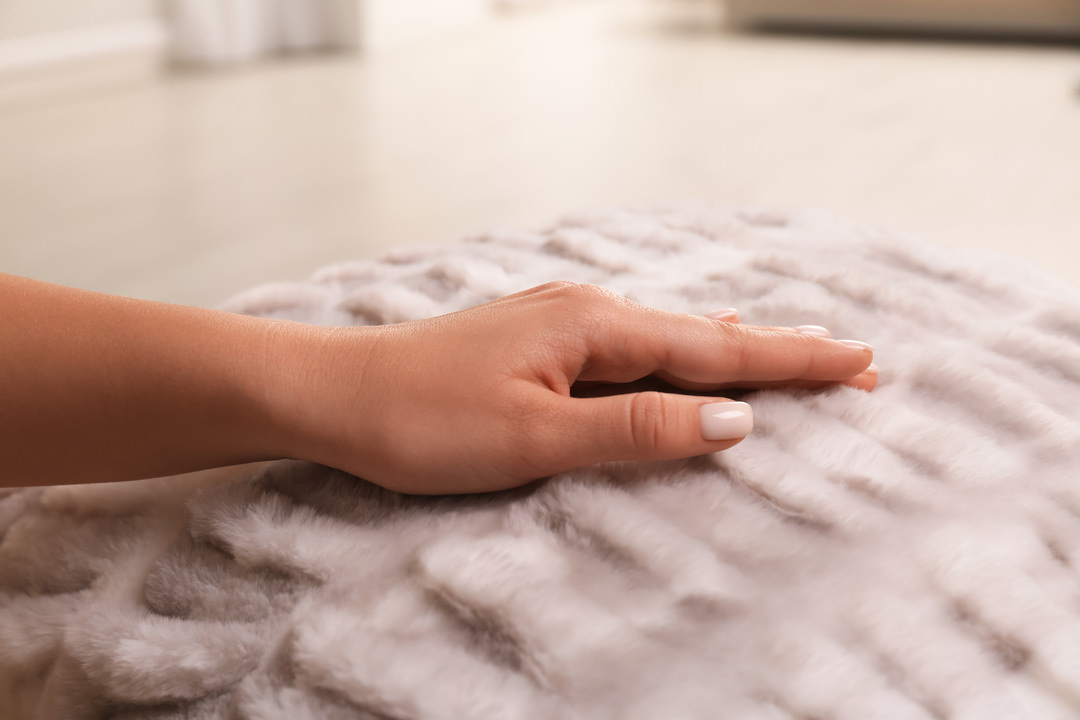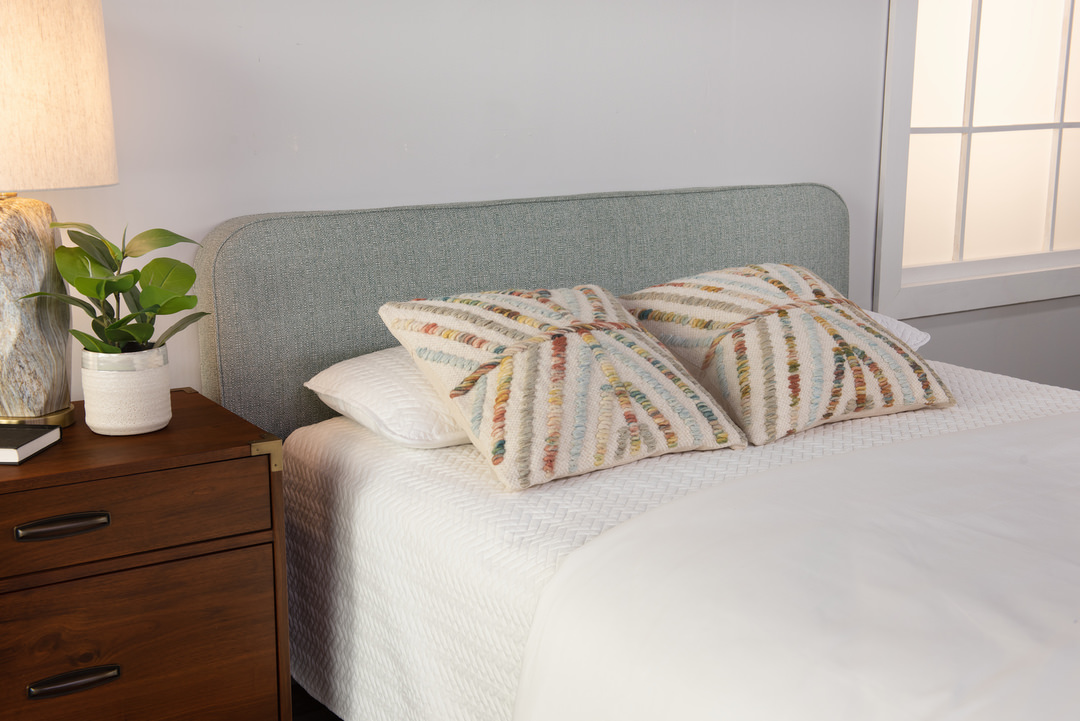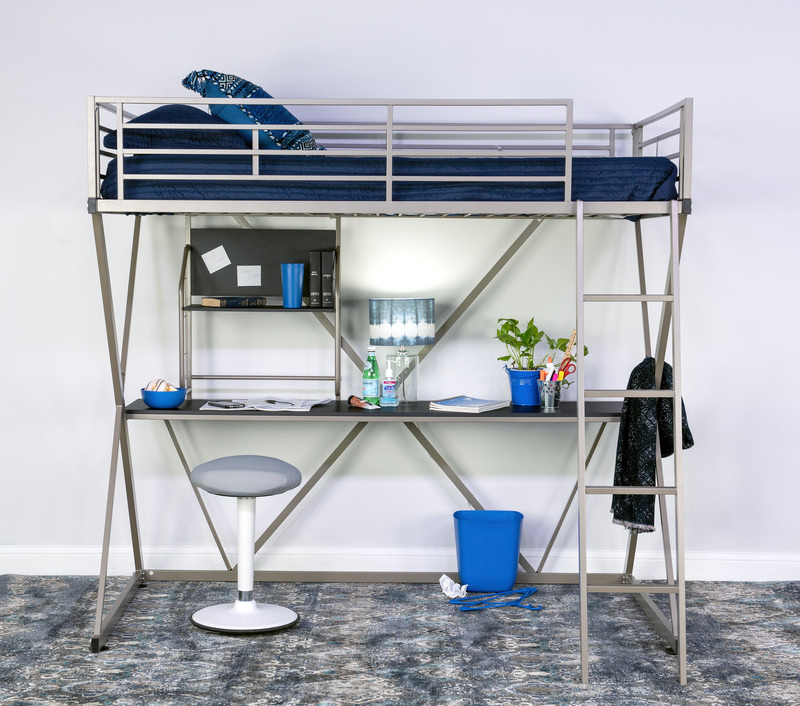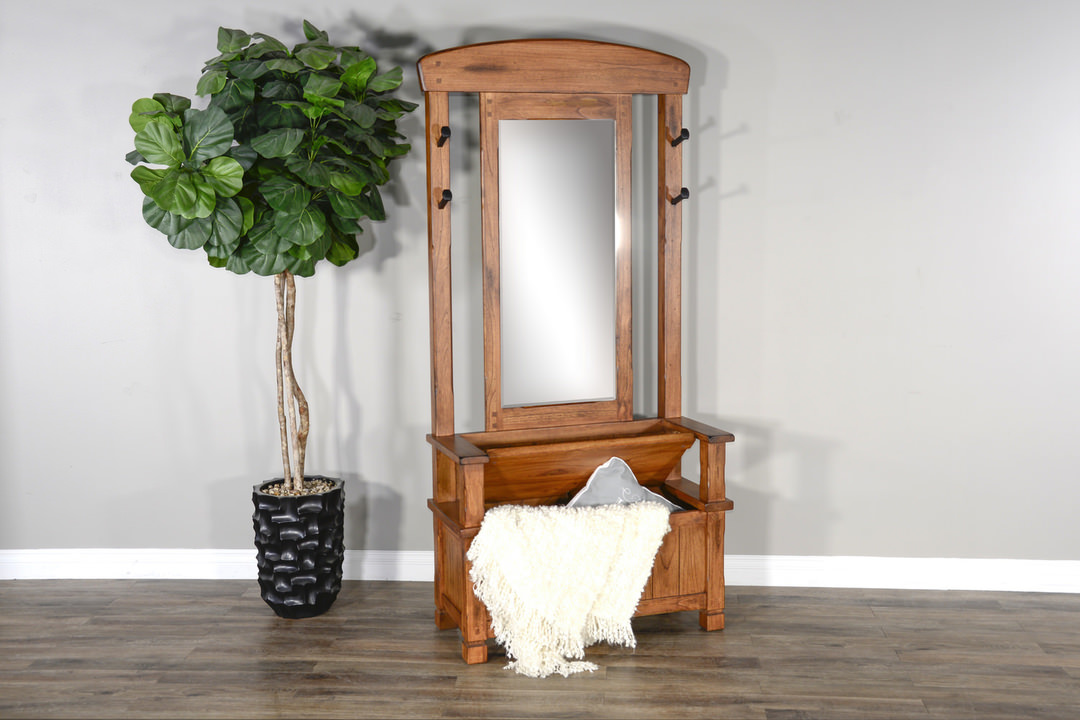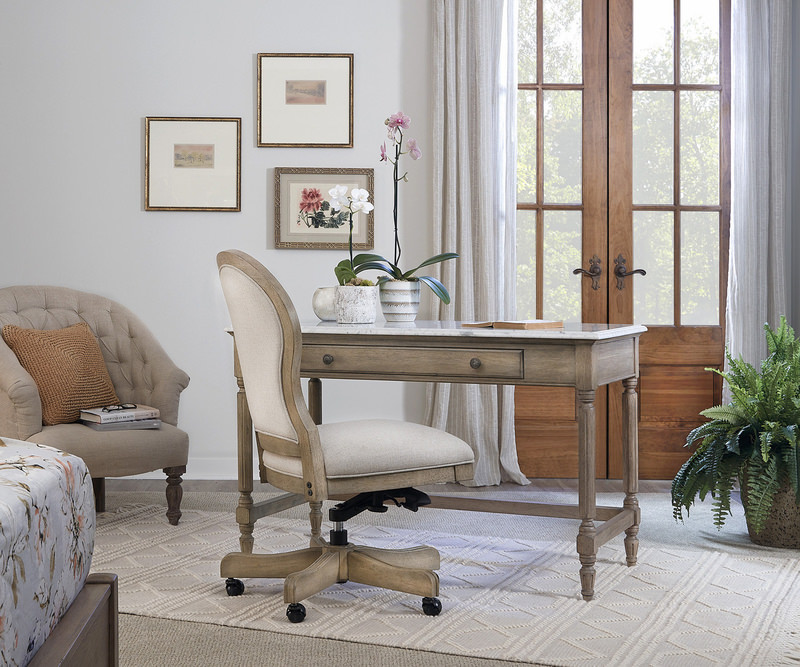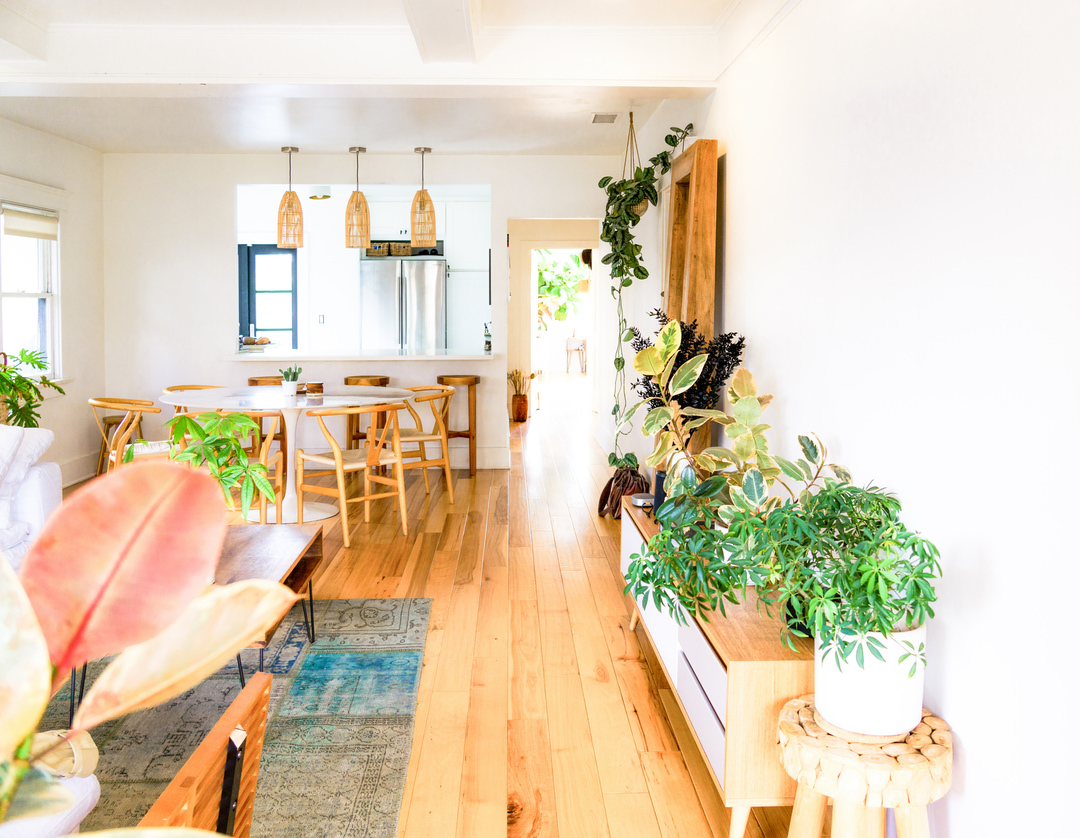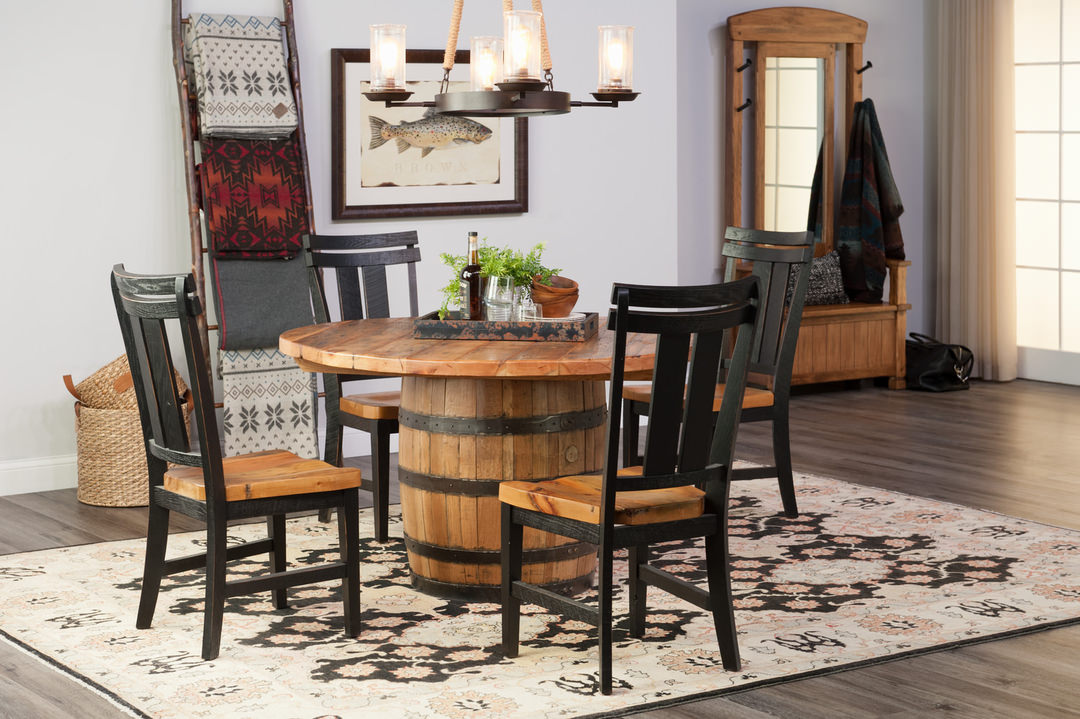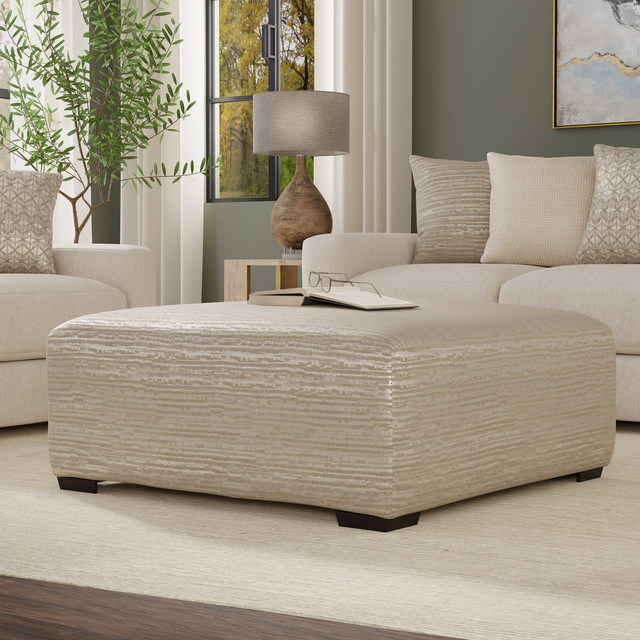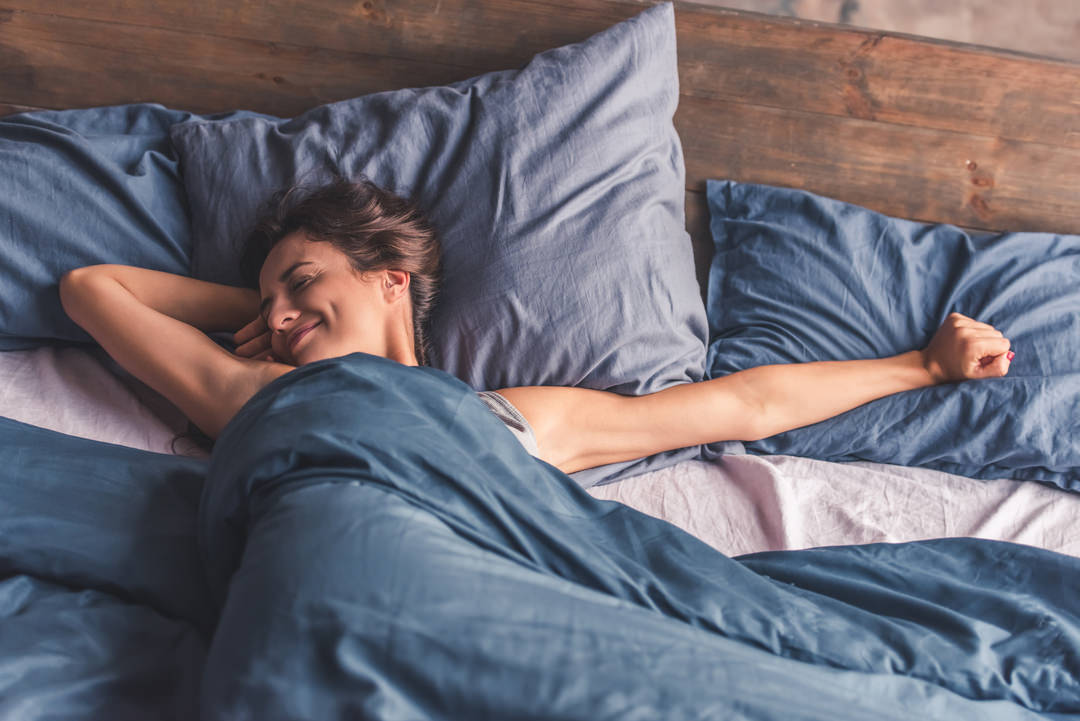Better Bedtime Habits
Rethink your night time routine and sleep environment for better sleep, night after night.
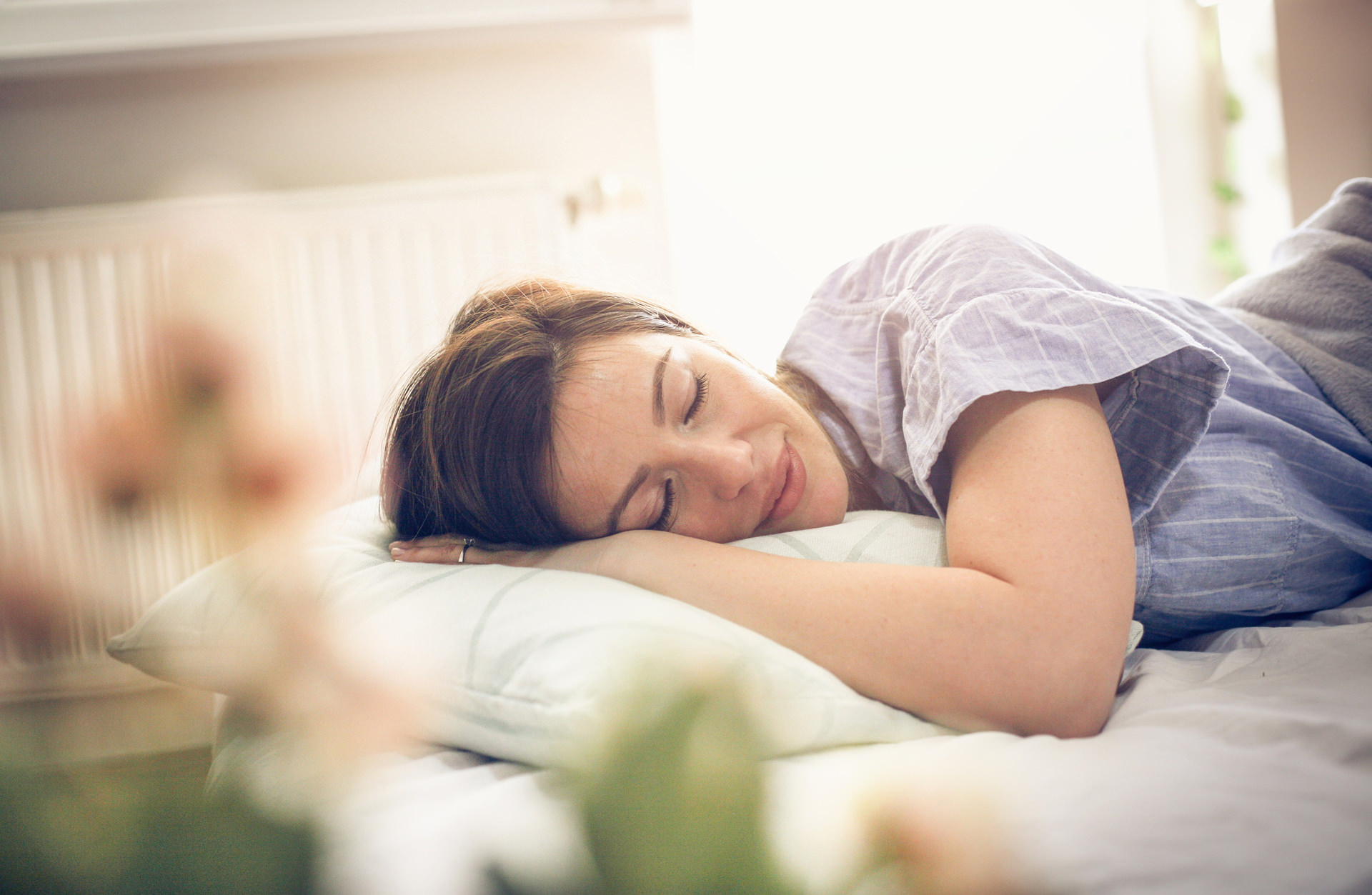
Do you have trouble falling asleep at night? Do you lie awake, counting down the minutes when you should be sleeping? Does your significant other or kids have trouble winding down at night? If counting sheep is failing to bring you swiftly into dream-land, it may be time to rethink your evening routine. You should also make sure your bedroom environment is conducive to rest and relaxation, helping you transition into sleep.
Review these eight considerations to help make your night time routine smooth and promote restful sleep for the entire family.
Be consistent: When it comes to night time, consistency is key. Try to establish a routine for all seven days of the week, including a similar bedtime, in order to foster better sleep, night after night. Include a soothing ritual, such as an evening bath, that will help your body and mind relax.
Limit screen time: We’ve heard it before. Studies indicate that screen time—from watching TV to using laptops, tablets and phones—can negatively affect sleep. Screen time may result in cognitive stimulation, making it harder to relax and shift into sleep mode at the end of the day. There is also evidence that the blue light produced by these electronics can impact melatonin production, the hormone which regulates the sleep-awake cycle. And it’s not just for kids. Adults can also suffer from the negative effects of screen time too late in the day, so it may be best to turn these devices off for an hour or two before bedtime.
Cut out caffeine: Caffeine is a stimulant that can make it difficult for you to fall asleep, and it may also make you wake up more times during the night. For people who have trouble falling asleep and staying asleep, one of the first things to look at is their caffeine consumption. Along with coffee, sodas and other drinks, caffeine is found in chocolate. For those sensitive to caffeine, it may be best to limit caffeine to the morning or even cut all caffeine from their diet.
Bedtime snacks: If you have trouble sleeping, one of the most obvious culprits can be caffeine consumption. But besides limiting your cups of Joe, how does diet impact sleep? There are actually certain foods that have been shown to help you sleep. Do your research on foods like walnuts and almonds, and drinks such as the old-wives’ favorite, warm milk, and you can enjoy a bedtime snack that could help bring on slumber.
Room review: Can’t shut down at night? Take a look at your surroundings. Your bedroom should be a place void of clutter and chaos. Choose calming colors and use shelves and bins to organize your belongings. You should also create a dark space that is free of any light. Use room darkening curtains and get rid of electronics that emit light into your room.
Mattress matters: If you struggle to fall asleep at night, have inconsistent sleep or wake up with aches and pains, it may be time to consider a new mattress. There are many types of mattresses available, including traditional innerspring mattresses that come in firm, medium and soft, pillow top mattress options. Memory foam mattresses that adjust to your body are also a good option for many. You should choose a mattress that suits your sleep preferences, such as your sleep position and desired firmness. If you share a bed with a partner that tosses and turns, an adjustable base may be the key to a good night’s sleep. An adjustable bed allows you to adapt each side separately according to individual preferences.
Pillow talk: If you have the right mattress, the next thing to look at is your pillow. You should select a supportive pillow according to your preferred sleep position. Stomach sleepers often prefer a soft, flat pillow, while back sleepers may choose a medium pillow. Thick, firm pillows help provide the right neck support for side sleepers.
Turn up…or turn down the heat: One less obvious factor in promoting sleep? Temperature. Many people have trouble falling asleep if the temperature is too hot or too cold. According to an article on sleep.org , the ideal bedroom temperature for an adult to sleep should be between 60 and 67 degrees Fahrenheit. Along with keeping the thermostat programmed to an ideal temperature, you can look to a mattress that promotes a consistent sleep temperature. For instance, a mattress that is designed to maximize airflow through and around the mattress can help accommodate you as your body self regulates to a comfortable temperature.
Once you’ve reviewed these eight sleep considerations, we hope you’ll be drifting off for a restful night of sleep, no counting sheep required!
